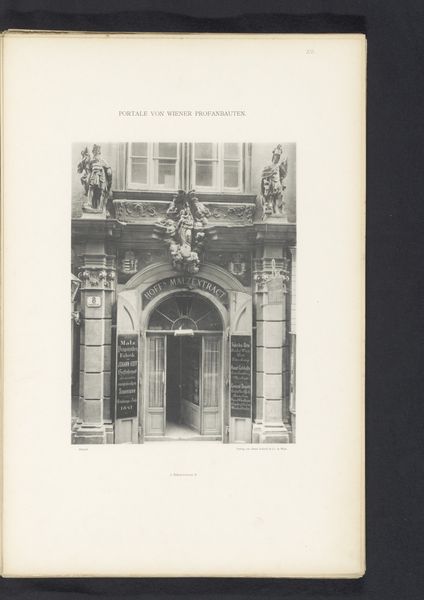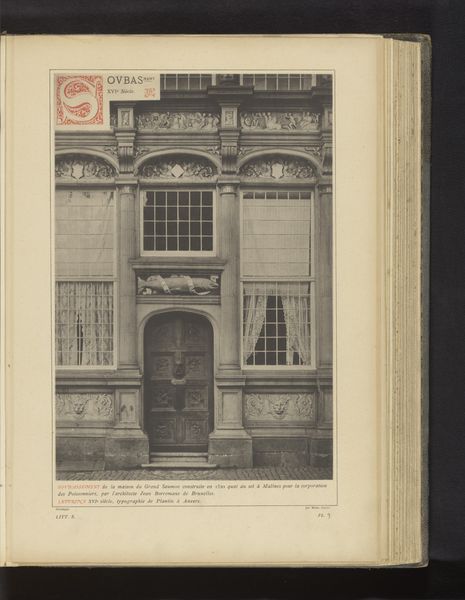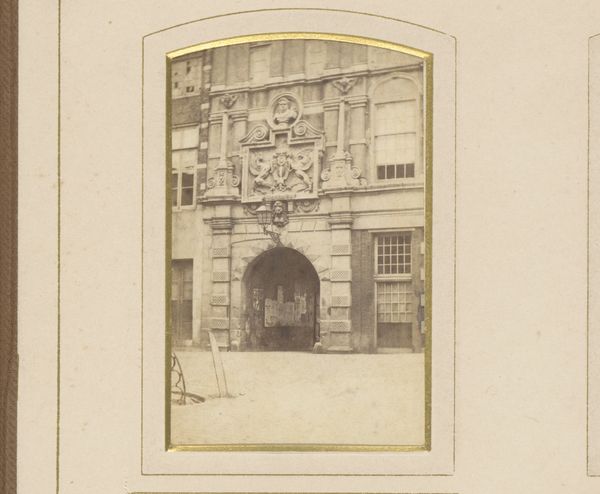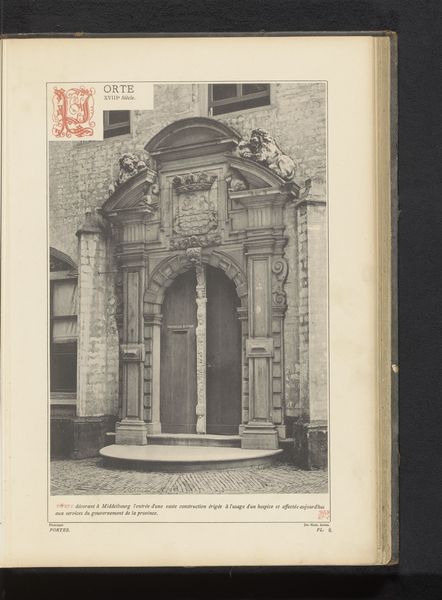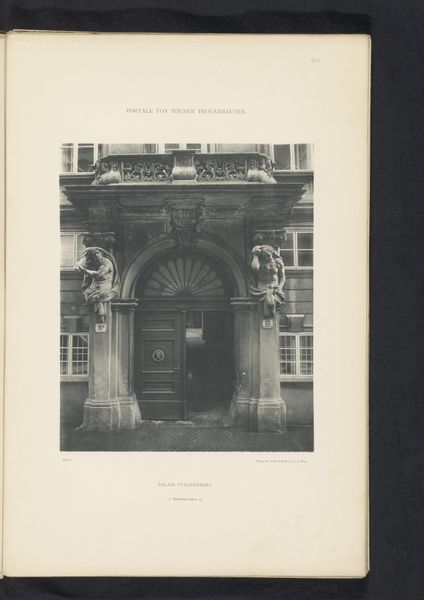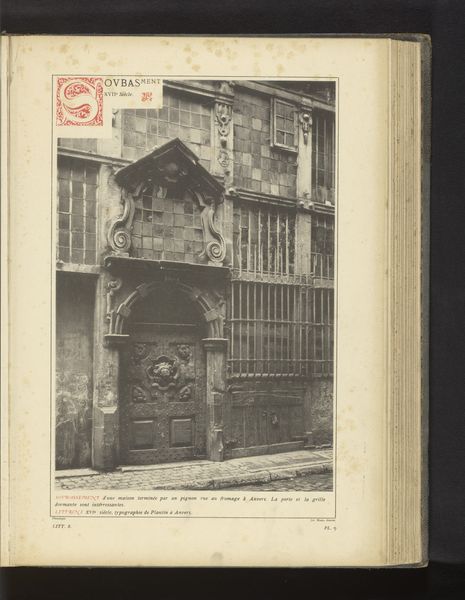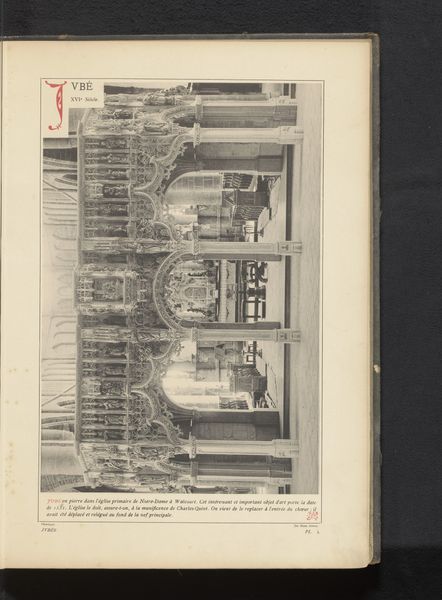
print, photography
#
dutch-golden-age
# print
#
photography
#
cityscape
#
realism
Dimensions: height 336 mm, width 228 mm
Copyright: Rijks Museum: Open Domain
Editor: Here we have "Stadspoort te Dordrecht", or City Gate in Dordrecht, taken before 1881, and rendered as a photographic print. It’s austere but imposing, almost theatrical. I wonder, what’s your take on it? Curator: Well, right away I see a visual record deeply implicated in civic identity. The "stadspoort," the city gate, wasn't just a structure; it symbolized municipal power, trade regulation, and control. Looking at this photograph through a historical lens, what strikes me is the dialogue between past grandeur and emerging modernity that the photograph attempts to freeze in time. The presence of the building’s heavy ornamentation and obvious signs of age next to a cutting-edge technology gives us a keyhole view of an era undergoing vast change. How do you think the original audience for this would have regarded it? Editor: I imagine the ability to capture something like this in print must have been revolutionary! So was this gate an important landmark? Curator: Absolutely. Consider its function within the socio-political landscape: gates physically controlled access but, more importantly, dictated who and what entered into the space of Dordrecht and under what conditions. These gates controlled merchants, travelers and armies; their appearance broadcasted strength and confidence. It acted like a propaganda device, really. Now, look closer – what do you notice about its condition? Editor: I see signs of age. Parts of it are quite worn. Curator: Exactly! It leads us to wonder if this photography meant to commemorate, document, or perhaps even subtly critique the old order amidst modern progress. Maybe this photography functioned as an archive, saving vestiges of history that could, one day, be destroyed. It brings an interesting dimension to our modern way of looking at art in a gallery. Editor: That gives me a whole new perspective. I hadn’t considered its role as a record of a changing landscape and political statement all in one. Curator: Precisely. Analyzing it, this becomes more than just a photograph; it becomes a layered historical document, echoing both pride and precarity of power in 19th-century Dutch society.
Comments
No comments
Be the first to comment and join the conversation on the ultimate creative platform.

